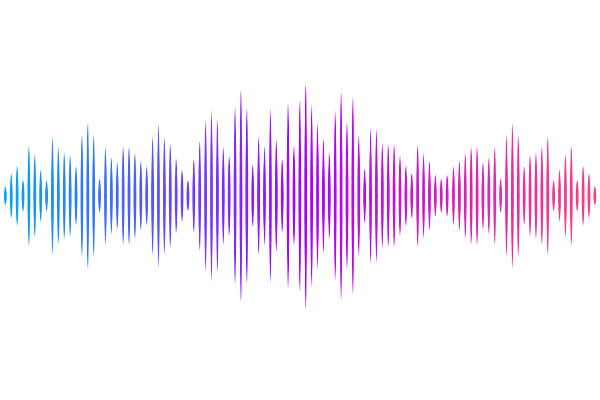Engineering novel AAV capsids by global de-targeting and subsequent muscle-specific tropism in mice and NHPs

Engineering novel AAV capsids by global de-targeting and subsequent muscle-specific tropism in mice and NHPs
Pan, Y.; Zhong, Y.; Chen, H.; Zhang, Y.; Dai, Z.; Chen, J.; Tan, K.; Chen, X.; Qiu, D.; Sheng, L.; Tan, X.; Fan, Y.; Bu, Y.; Zhou, Z.; Yang, Z.; Duan, R.; Guan, M.; Gao, G.; Li, H.
AbstractRecombinant adeno-associated viral (rAAV) vectors are a potent tool, but their clinical application is restricted by insufficient target tissue transduction and liver toxicity. We employed a novel two-step engineering strategy to create novel rAAV capsids with global tissue de-targeting, then produced strong tissue-specific expression by adding a peptide sequence. We created a novel capsid, AAV.Zero1, with globally de-targeted transduction by loop swapping domains from AAV9 into AAV2. Making an R585A substitution (AAV.Zero2) re-targeted tissues but deleting residues 585-587 (AAV.Zero3) abrogated transduction. Inserting a myogenic peptide into AAV.Zero3 produced a novel capsid (AAV.eM) with strong muscle-specific transgene expression while maintaining minimal off-target expression, including in liver, which was conserved in two mouse strains and non-human primates. AAV.eM showed similar expression as the leading myotropic vector MyoAAV.4A but had a more favorable safety profile. Importantly, AAV.eM was able to functionally rescue a mouse model of Duchenne Muscular Dystrophy following systemic delivery of a micro-dystrophin gene. Thus, AAV.eM is an improved myotropic rAAV capsid that de-targets other tissues, especially the liver, and proof-of-concept for a platform to create capsids with specific properties that translate across species by addition of peptides onto low transduction backbones.